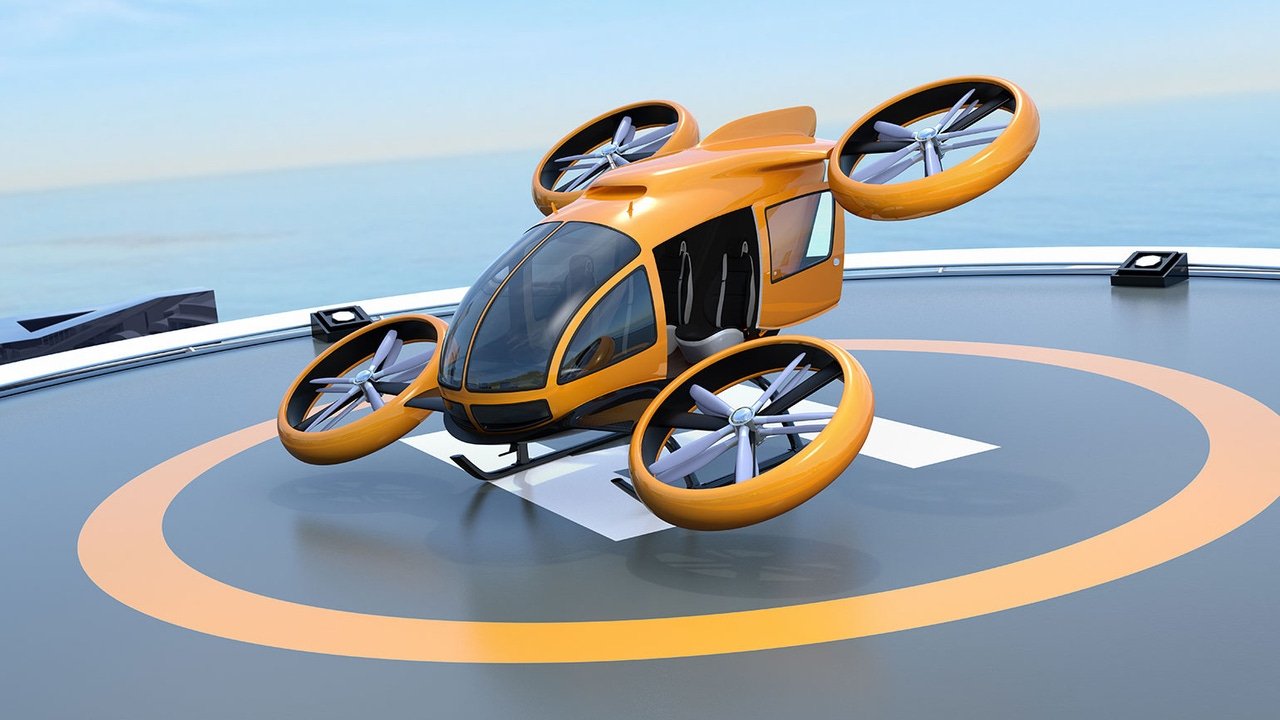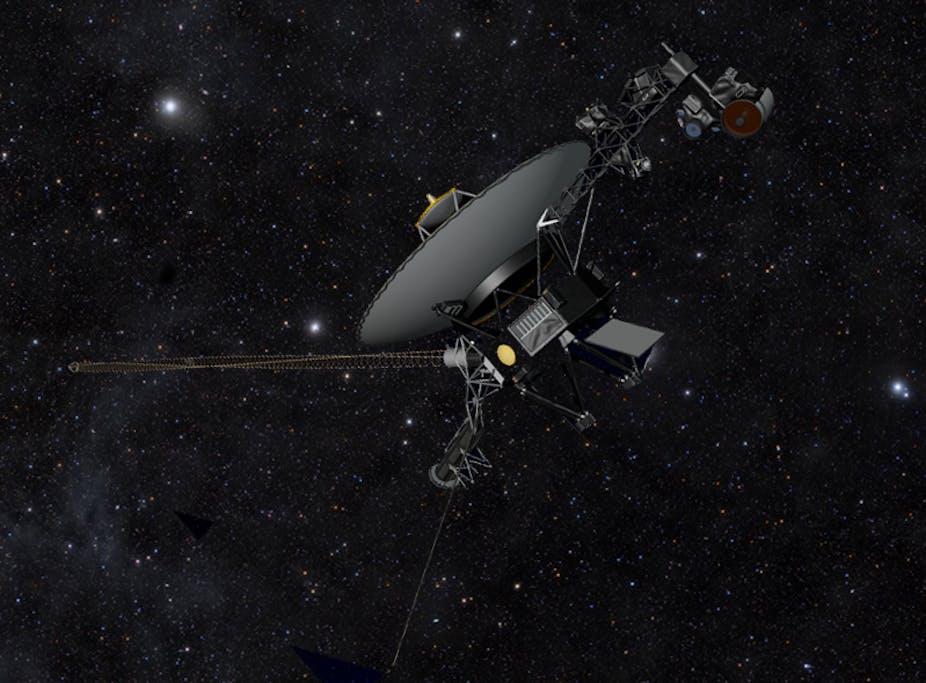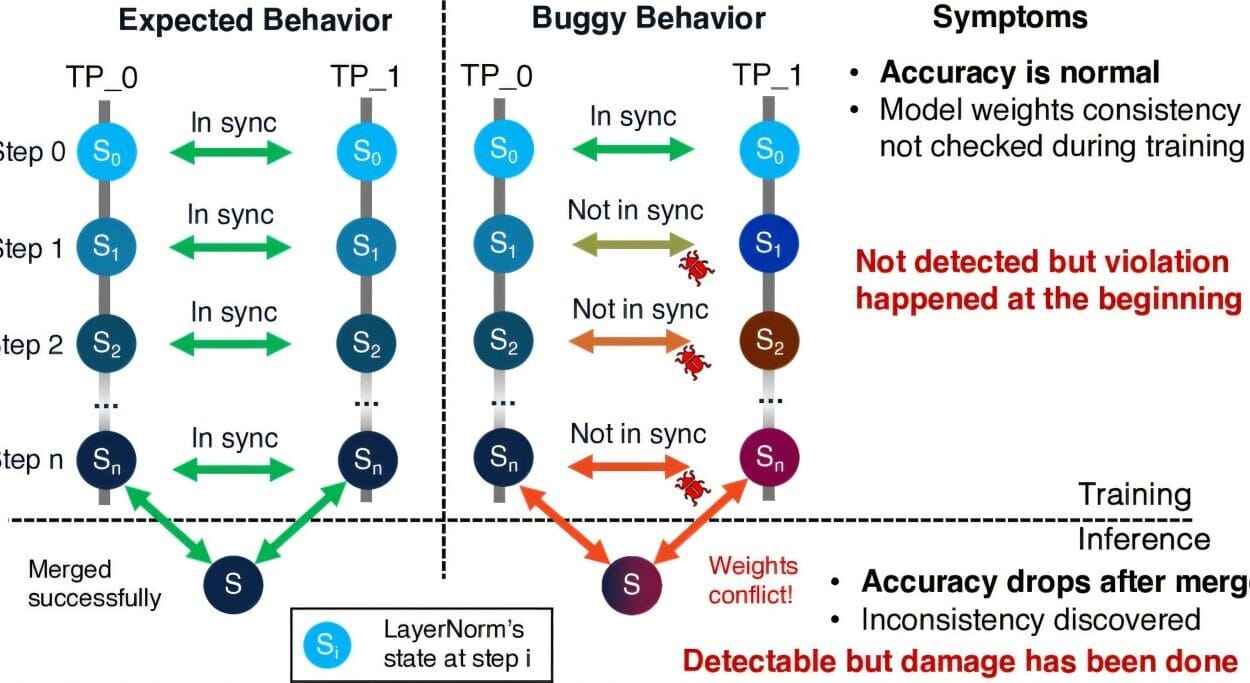There was a time, not so long ago, when the idea of flying taxis belonged solely in the pages of science fiction novels and the frames of futuristic movies. Whether it was Blade Runner, The Fifth Element, or Back to the Future Part II, the image of airborne vehicles gliding above skyscrapers became an enduring symbol of the technological utopia—or dystopia—that humanity might one day achieve.
Now, the fantastic is rapidly becoming real. Around the world, in hangars and labs from Silicon Valley to Munich to Tokyo, engineers and entrepreneurs are preparing to launch flying taxis into the skies. They promise to revolutionize transportation, reduce urban congestion, and give us a new perspective on mobility itself. What was once dreamt of is now preparing for takeoff.
But behind the glitz of promotional videos and sleek designs lies a complex tapestry of engineering, regulation, public perception, and economics. This article explores everything you need to know about the flying taxi revolution—how it works, who’s behind it, where it’s happening, and what it might mean for you.
What Exactly Is a Flying Taxi?
When people hear the term flying taxi, they often picture a kind of futuristic car with wings. But flying taxis—more formally referred to as urban air mobility (UAM) vehicles or electric vertical takeoff and landing aircraft (eVTOLs)—are something else entirely.
These machines are not traditional airplanes or helicopters. They are a new class of aircraft built from the ground up using modern innovations in battery technology, composite materials, electric propulsion, and automation. Most are powered entirely by electricity, making them quieter and more environmentally friendly than helicopters.
Typically, flying taxis are designed to carry between one and six passengers. Some are piloted by humans, while others are being developed to fly autonomously. They take off and land vertically like helicopters, requiring far less space than traditional runways. This makes them ideal for use in dense urban environments.
In short, a flying taxi is not just a vehicle—it is a vision for an entirely new layer of transportation in our cities and skies.
Why the World Is Ready for Flying Taxis Now
For decades, inventors tried and failed to make flying cars a reality. So why now? What changed?
The answer lies in a convergence of technological, environmental, and societal shifts.
Battery Technology Has Improved
Perhaps the most crucial factor enabling flying taxis today is the rapid advancement of lithium-ion battery technology. Just as electric cars became viable because of better batteries, flying taxis are now possible thanks to batteries that can store more energy in less space and weight—a critical issue when your vehicle needs to fly.
Electric Motors Are Quiet and Reliable
Unlike gas-powered engines, electric motors are much quieter and have fewer moving parts, which makes them more reliable and easier to maintain. This is vital in an industry where safety and public noise concerns are paramount.
Advances in AI and Autonomy
Sophisticated autopilot systems, sensor suites, and artificial intelligence are making it possible to develop autonomous or semi-autonomous aircraft. This reduces the need for expensive, highly trained pilots and could eventually make flying taxis accessible to the masses.
Urban Congestion Is Reaching a Breaking Point
Cities around the world are choking under the weight of cars and commuters. Building more roads isn’t solving the problem. Vertical transportation offers a way out—literally above the fray. Flying taxis could dramatically reduce travel time between congested areas, particularly during rush hour.
Investment Is Flooding In
Some of the world’s biggest companies—Airbus, Boeing, Uber, Toyota, Hyundai, and even startups backed by Google and Tesla alumni—are investing billions into urban air mobility. Governments and aviation authorities are beginning to respond with supportive regulatory frameworks and test programs.
The Engineering Behind a Flying Taxi
Making a machine that can fly is one thing. Making one that can fly safely, quietly, efficiently, and affordably in a city is quite another.
Vertical Takeoff and Landing (VTOL)
Flying taxis don’t need runways because they use vertical takeoff and landing mechanisms. Some use tiltrotors, like the military’s V-22 Osprey. Others have multiple rotors—anywhere from four to eighteen—that allow for precise lift and maneuverability.
Electric Propulsion
Most flying taxis use electric propulsion, which means batteries power the rotors directly. This results in reduced noise and emissions, as well as lower operating costs. However, battery weight is still a challenge, especially for longer distances or larger aircraft.
Lightweight Materials
Aircraft must be light yet strong. Flying taxis are typically constructed using carbon fiber composites, aluminum alloys, and other aerospace-grade materials. These help keep the vehicle light enough to lift, but strong enough to protect passengers.
Safety Redundancy
Redundancy is built into every layer. Multiple motors, batteries, flight control systems, and sensors ensure that the vehicle can survive even if one component fails. Some even include parachutes that can deploy the entire craft safely in case of catastrophic failure.
Aerodynamics and Control
Flight stability is achieved through complex aerodynamic modeling and control algorithms. Software plays a critical role, adjusting rotor speeds thousands of times per second to keep the aircraft level and stable in varying conditions.
Meet the Pioneers: Who’s Building Flying Taxis?
From tech giants to scrappy startups, the race to dominate the flying taxi market is well underway.
Joby Aviation
Based in California, Joby Aviation is one of the front-runners in the field. Their sleek, five-seat eVTOL aircraft can travel up to 150 miles on a single charge and reaches speeds of 200 mph. Backed by Toyota and Uber, Joby has already conducted test flights and is aiming for commercial operations soon.
Volocopter
German startup Volocopter has a different approach. Their aircraft resemble oversized drones with circular arrays of rotors. Volocopter has focused on short city hops, with a range of about 20 miles. They’ve already demonstrated flights in Dubai and Singapore and are working closely with regulators.
Archer Aviation
Archer, another California-based company, has created a two-seat eVTOL called “Midnight” with ambitions to operate as an air taxi fleet across U.S. cities. They’re targeting launch by 2026 and have partnered with United Airlines to explore regional air routes.
Lilium
Another German entry, Lilium, uses fixed-wing aircraft with embedded ducted fans. This allows for greater speed and range—up to 186 miles—while still maintaining vertical takeoff capabilities. Their futuristic design and long-distance performance make them a strong contender.
Wisk Aero
Backed by Boeing, Wisk is developing a fully autonomous flying taxi—no pilot required. Their vision is to eliminate the human factor entirely, enabling safer, cheaper operations. The aircraft is designed for four passengers and has already completed over 1,500 test flights.
The Infrastructure Challenge
Flying taxis can’t just take off from the street like a bird. They require dedicated “vertiports”—specialized landing pads located on rooftops, parking garages, or custom-built platforms.
These vertiports need more than just flat surfaces. They must include charging stations, air traffic control systems, maintenance areas, and passenger waiting lounges. Integrating them into existing cities without disrupting local infrastructure is one of the major hurdles to widespread adoption.
Moreover, cities will need digital infrastructure to manage thousands of flying vehicles. This includes 3D air traffic maps, collision-avoidance systems, emergency response protocols, and integration with ground-based transportation.
Companies are already partnering with city planners and real estate developers to build vertiports, with test projects underway in cities like Los Angeles, Paris, and Singapore.
Safety: The Top Priority
No matter how advanced the technology, public acceptance of flying taxis hinges on one thing above all: safety.
Each aircraft must pass rigorous testing and certification by aviation authorities such as the Federal Aviation Administration (FAA) in the U.S. or European Union Aviation Safety Agency (EASA) in Europe. This process can take years, involving wind tunnel testing, flight simulation, real-world trials, and emergency drills.
Some of the specific safety considerations include:
- Noise levels: Quiet operation is crucial for urban deployment.
- Crash survivability: Cabins are designed with energy-absorbing materials and reinforced structures.
- Redundancy: Every vital system has backups.
- Human error: Autonomous systems aim to minimize the chance of accidents caused by misjudgment.
Ultimately, flying taxis will have to be as safe or safer than commercial airlines to gain widespread trust.
The Economics of Flying
Flying taxis won’t be cheap—at least not at first. Early estimates suggest a typical ride might cost anywhere from $3 to $6 per mile, depending on the route, occupancy, and operational efficiency.
In time, as the technology matures and fleets scale up, prices could fall to parity with car rideshares. Some optimists predict costs as low as $1 per mile within a decade, making flying taxis accessible to the middle class.
However, high initial costs may confine early use to premium services—airport transfers, corporate commutes, or emergency medical transport. As infrastructure improves and more aircraft come online, broader applications could follow.
How Will It Feel to Fly?
Many people imagine flying taxis as a thrilling experience. But the companies behind them want something different: calm, safe, predictable flight.
You’ll likely board your flying taxi at a vertiport, where security and boarding will resemble airport lounges. After boarding, the craft will take off smoothly, with noise levels akin to a quiet conversation.
In-flight, the ride will feel more like a gliding elevator than a rollercoaster. Stability systems and short flight times will minimize motion sickness. Windows may offer panoramic views of the city—unless you’re too busy reading, relaxing, or working on a tablet.
The goal is to make the experience so seamless and comfortable that you forget you’re flying at all.
Environmental Impact: A Greener Sky?
Flying taxis are not only a marvel of mobility—they may also be a tool for fighting climate change.
Because they’re electric, flying taxis produce no tailpipe emissions. If powered by renewable energy, their environmental impact could be minimal compared to gas-powered vehicles or helicopters.
Still, manufacturing these aircraft and building vertiports has a carbon footprint. And until battery technology improves, there are questions about sustainability at scale.
Nevertheless, if they reduce congestion and replace high-emission vehicles, flying taxis could be part of a cleaner urban future.
Legal and Ethical Questions
As flying taxis rise, so too do legal, ethical, and social issues:
- Airspace regulation: Who controls the low-altitude air above cities?
- Privacy: How do you protect people from being watched or recorded from above?
- Equity: Will flying taxis widen the gap between rich and poor?
- Noise and disruption: How do you balance innovation with livability?
Governments and companies must navigate these issues with care, ensuring that the benefits of flying taxis are shared and not hoarded by the few.
When Will They Actually Arrive?
So when can you actually hail a flying taxi?
Test flights are already happening. In the next few years, pilot programs in cities like Paris, Dubai, Los Angeles, and Osaka aim to begin limited commercial service—particularly ahead of events like the 2024 Paris Olympics and 2025 World Expo in Japan.
Widespread availability, however, may take longer. Experts predict 2030 as the tipping point, when flying taxis might become a common sight in major cities.
It won’t happen all at once. Like electric cars, the transition will be gradual. But once it begins, it could reshape urban mobility in profound ways.
Conclusion: The Sky Isn’t the Limit—It’s Just the Beginning
The age of flying taxis is no longer a distant dream. It’s arriving—quietly, swiftly, and with astonishing promise. These vehicles represent a fusion of the most advanced technologies of our time: battery power, AI, composite engineering, and clean energy.
But more than that, flying taxis offer a new vision of the world—a world where traffic is a thing of the past, where the sky becomes a highway, and where cities stretch not just outward, but upward.
Of course, there are challenges. Technical, economic, regulatory, and cultural hurdles still stand in the way. But history has shown us that when the dream of flight meets the will to innovate, nothing is impossible.
So the next time you’re stuck in traffic, look up.
The future may be flying just overhead.






